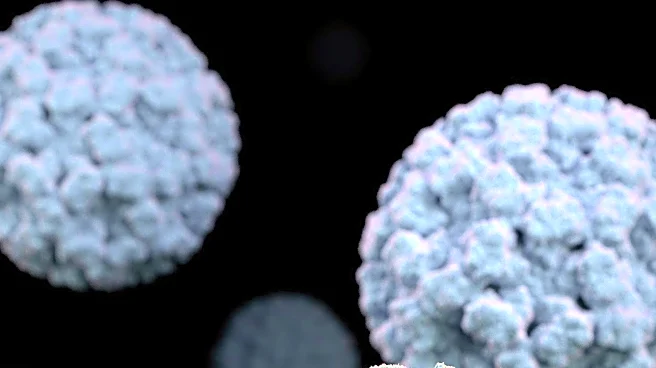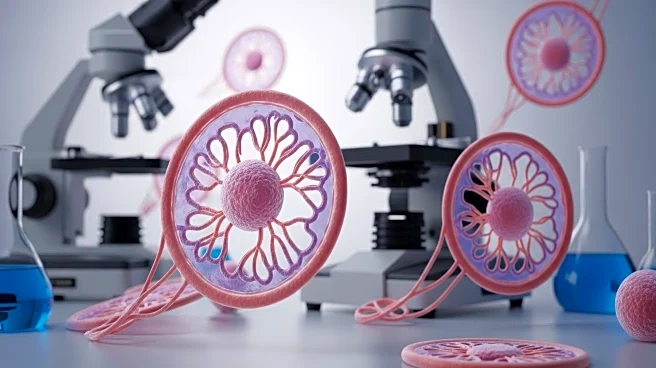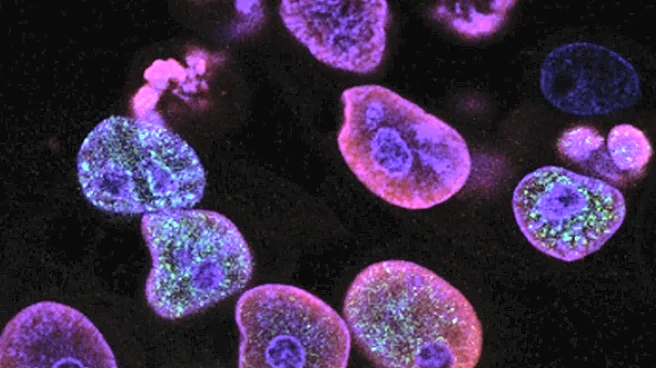What's Happening?
A study published in Cell Research reveals that LGP2 can stop MDA5 translocation along dsRNA, facilitating the formation of signaling-competent filaments necessary for MAVS activation. This mechanism is crucial
for preventing uncontrolled immune responses. MDA5, part of the RIG-I-like receptor family, plays a key role in recognizing viral RNA and initiating interferon signaling.
Why It's Important?
Understanding the mechanisms of antiviral signaling is vital for developing treatments for viral infections. The study provides insights into the regulation of immune responses, which could inform the development of therapies targeting viral diseases. This research contributes to the broader field of immunology and enhances knowledge of innate immune system functions.
Beyond the Headlines
The findings highlight the complexity of immune signaling pathways and the importance of precise regulation to prevent excessive immune responses. This research may lead to advancements in antiviral drug development and improve strategies for managing viral infections. The study underscores the significance of molecular interactions in immune system regulation.











